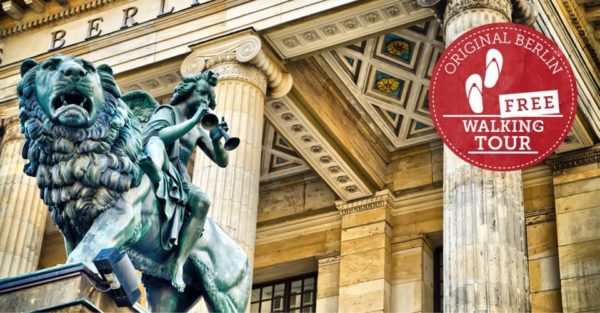Understanding the Iconic Event
The Berlin Wall was a powerful symbol of division and oppression during the Cold War era. Built by the German Democratic Republic (GDR) in 1961, the wall physically separated East Berlin (controlled by the Soviet Union) from West Berlin (controlled by the United States, United Kingdom, and France). But when was this historic structure ultimately pulled down? Let’s explore the momentous event that forever changed the course of history.
The Date: November 9, 1989
We know what date: November 9, 1989. Today, the Berlin Wall was opened unexpectedly, and East and West Berliners were able to cross its borders freely. There were competing factors that caused the event to unfold; for one, internal changes in East Germany and international political changes.
The Impetus: Winds of Change
By November, 9, the East German social plain saw the beginning of a wave of social unrest. Repression, economic struggles, personal freedoms all of which were mounting created dissatisfaction. East Germans were fleeing in their thousands to West, opportunities and a life beyond political oppression.
The Soviet Union, was a leading force in the Communist Bloc, had just undergone political transformation under the leadership of Mikhail Gorbachev internationally. Glasnost, and Perestroika, restructured and ushered in a dialogue and cooperation between East and West, where arguably it would never have existed before. Added to that, there was a desire for greater political and economic freedom that laid in the ground work for the eventual fall of the Berlin Wall.
The Historic Announcement
A big press conference took place in East Berlin on the evening of November 9, 1989. Instead, a statement issued by Günter Schabowski, a Socialist Unity Party member, created a commotion around the world. When asked about new travel regulations for East Germans, he failed to interpret the information and announced that citizens could go back and forth at will.
Word of mouth spread quickly because it was an unexpected announcement. At the check points, east Germans would gather and demand to be let through. At first, the border guards were afraid because they didn’t receive specific instructions. But the pressure was too much to bear as size and intensity increased with the crowd. The checks began to open to the guards but the number of people became overwhelming enough to break them.
It is a Moment of Unity and Celebration.
The world saw what happened that night of November 9, 1989, through television broadcasts. At the checkpoints people from both sides of the wall hugged each other in tears of joy and disbelief. The ability to move and reconnect — to be with family, friends, and strangers — was celebrated by families, friends and strangers alike.
Breaking Down the Wall
After the opening of the checkpoints, crowds rallied to help demolish the literal physical barrier that had kept them separated for more than three decades. The people had overcome themselves, put on hammers and chisels and pickaxes, chipping way at the concrete structure. Briek by briek, the wall which was a symbol of opporession and division was being taken down.
The act of literally teeing the Berlin Wall down became also a collective statement for union, hope and desire of a better future. In fact, it was a great moment not only for Berliners but for the whole world.
The Aftermath: Unification of Germany
The Berlin Wall’s fall was instrumental to a gamechanging catalyst for change. And it was something that symbolised the end of the Cold War, and the power of grassroots movements, over oppressive regimes.
German Reunification
After the fall of the wall, the country unified to become Germany. On October 3, 1990 Germany was united when East and West Germany merged into a single, unified country. This really was the beginning of a new chapter in German history and Berlin was meant to become the capital of this newly United country.
Reunification brought people the challenges and opportunities they embraced. The integration of East and West Germany was a multi-factorial process both physically, economically and politically, but did succeed in bringing a greater feel of prosperity and freedom to all.
A Global Symbol of Unity
The fall of the Berlin Wall had a profound impact beyond Germany. It became a potent symbol of unity, hope, and the triumph of freedom over tyranny. The event inspired people around the world struggling against oppressive regimes to believe in the possibility of liberation and change.
In Conclusion
The fall of the Berlin Wall on November 9, 1989, was a transformative moment in history. It symbolized the end of an era of Cold War division and oppression, and the beginning of a more united and interconnected world. The physical and emotional barriers that were torn down that night unleashed a wave of enthusiasm and hope for a better future.
The fall of the Berlin Wall serves as a reminder that change is possible, even in the face of seemingly insurmountable obstacles. It stands as a testament to the resilience of the human spirit and the power of unity to shape the course of history.
Table of Contents

